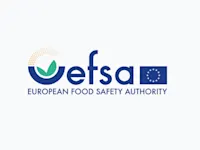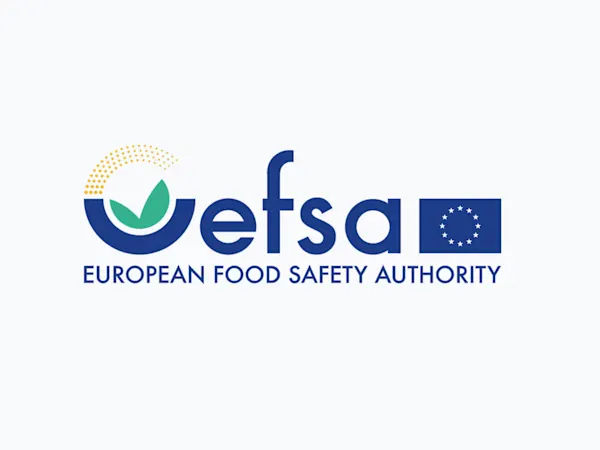
EU Ministers Press Commission on Delayed REACH Revision Amid Industry and Environmental Demands
EU Member States urge the Commission to accelerate the REACH revision, citing urgent health, environmental, and industry competitiveness needs.


The Bureau for Chemical Substances in Poland has completed a comprehensive evaluation of N-methylaniline (NMA), also known by its chemical identifiers EC No. 202-870-9 and CAS No. 100-61-8. This evaluation was conducted as part of the European Union's REACH regulation, which aims to ensure a high level of protection for human health and the environment from chemical risks.
The evaluation, conducted in 2023 and documented in a recently released report, has confirmed significant concerns regarding the carcinogenicity and mutagenicity of N-methylaniline. The substance is widely used as an additive in gasoline and for other industrial applications.
The Bureau for Chemical Substances (MSCA), the competent authority in Poland responsible for the evaluation, identified several potential risks associated with N-methylaniline:
Given these findings, the MSCA has recommended several regulatory actions and follow-up measures:
The completion of this evaluation marks a critical step in ensuring the safe use of chemicals within the European Union. While no immediate regulatory measures have been imposed, the findings underscore the need for vigilance and potential action to mitigate the risks associated with N-methylaniline. Stakeholders, including manufacturers, regulatory bodies, and public health officials, are urged to take these findings seriously and to prepare for possible updates to regulatory requirements in the near future.
Foresight continuously tracks 1000s of sources and maps updates to your portfolio:




EU Member States urge the Commission to accelerate the REACH revision, citing urgent health, environmental, and industry competitiveness needs.

The EU has classified DBDPE as a substance of very high concern (SVHC) due to vPvB properties, affecting manufacturers and downstream users of flame retardants.

EFSA launches consultation on updating its Weight of Evidence and Biological Relevance guidance, aiming to streamline chemical risk assessment practices.
Subscribe to Foresight Weekly and get the latest insights on regulatory changes affecting chemical compliance.
Free forever. Unsubscribe anytime.
Read by professionals at